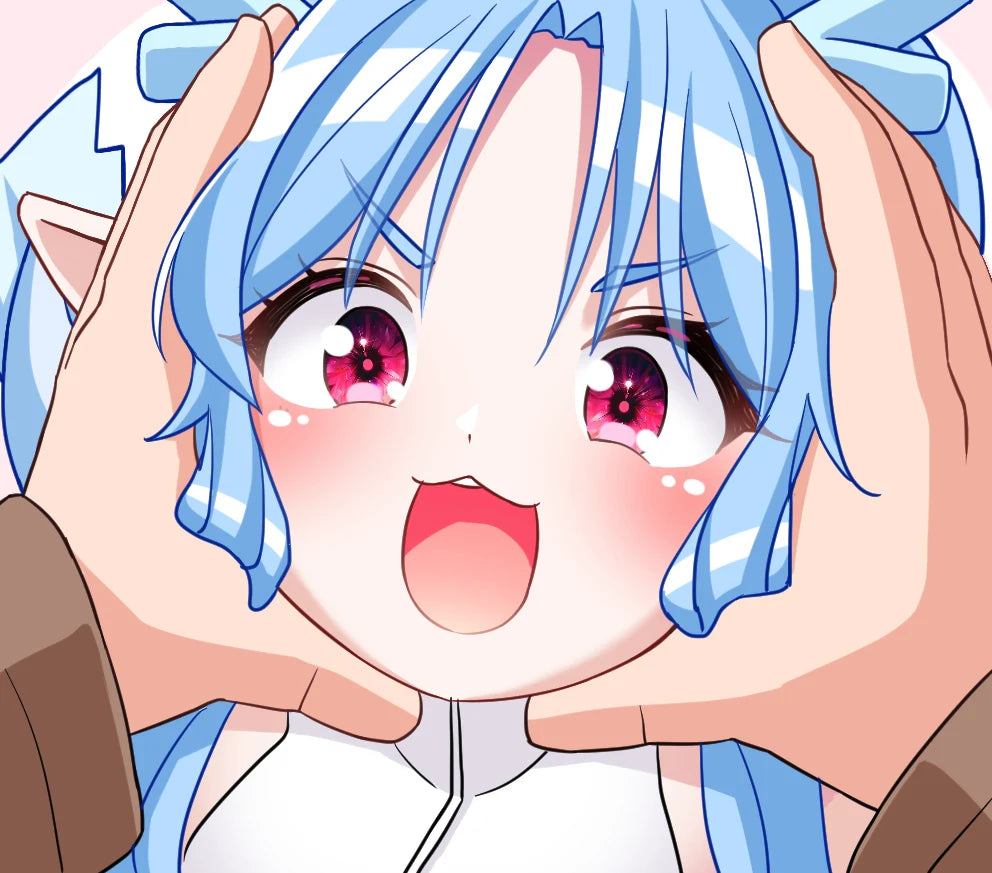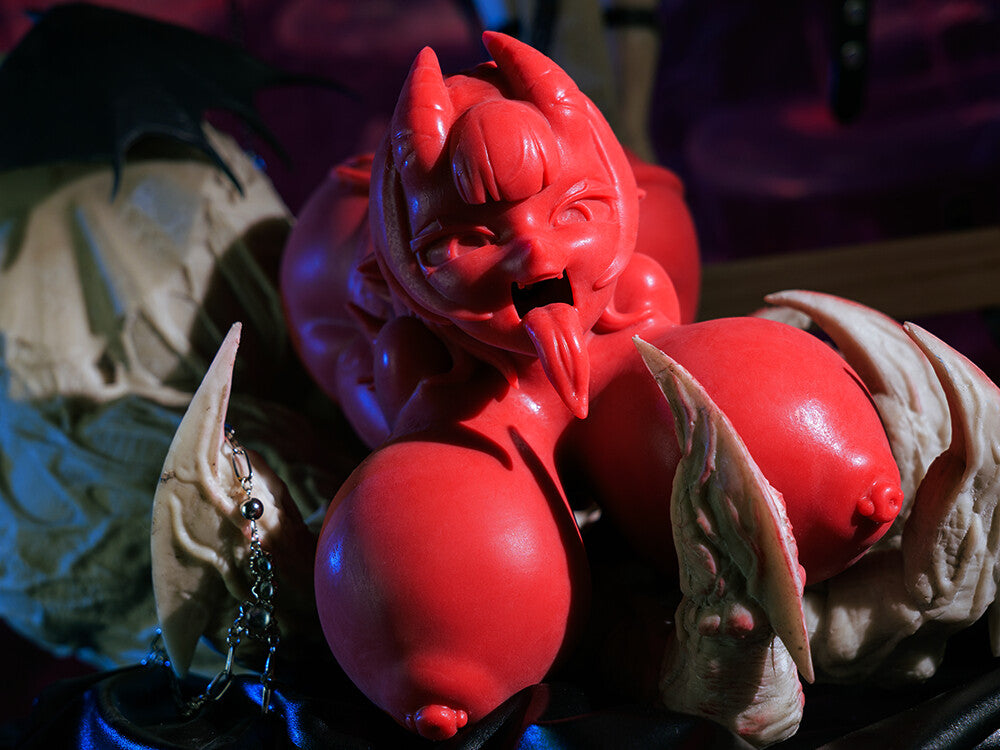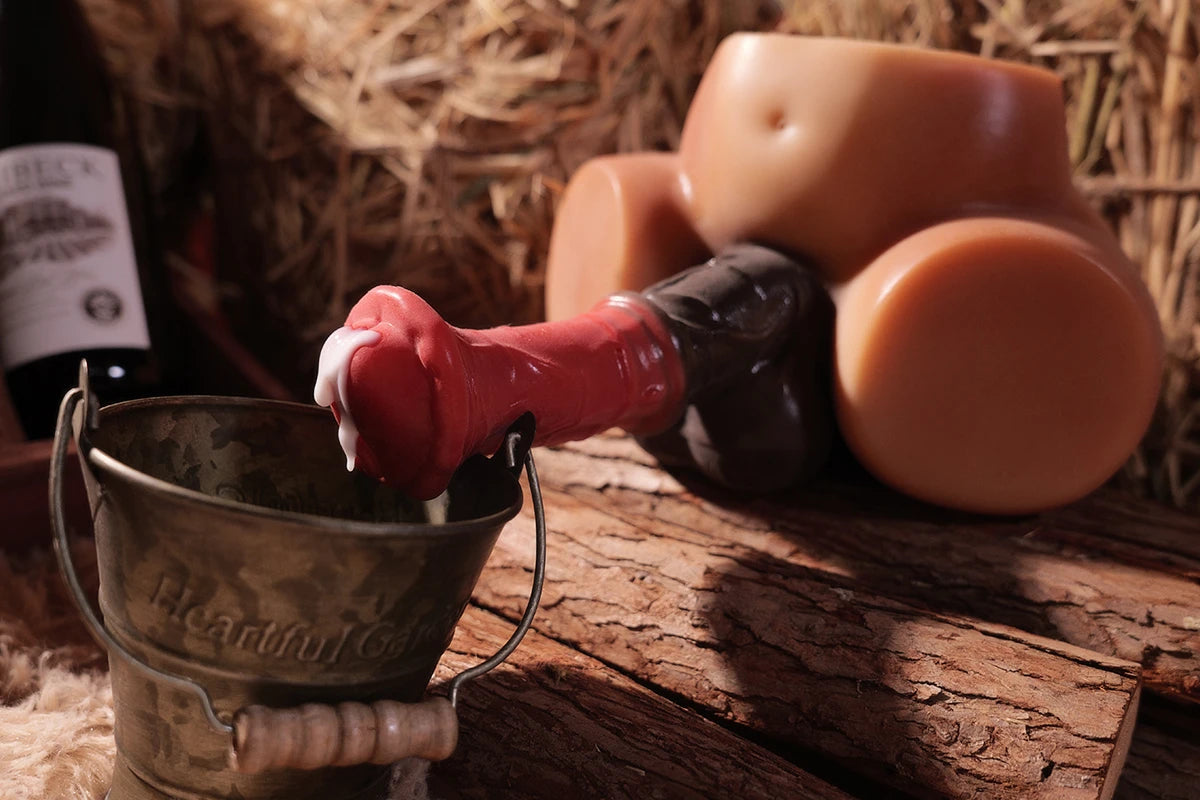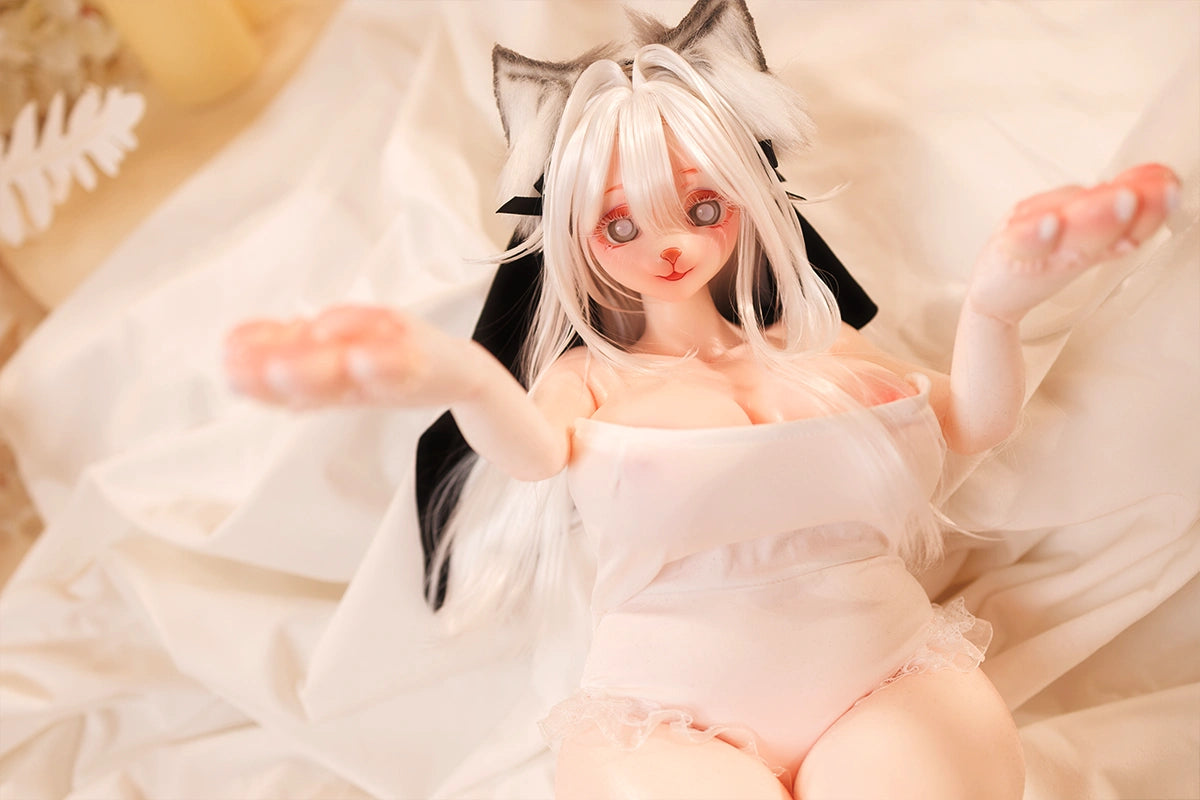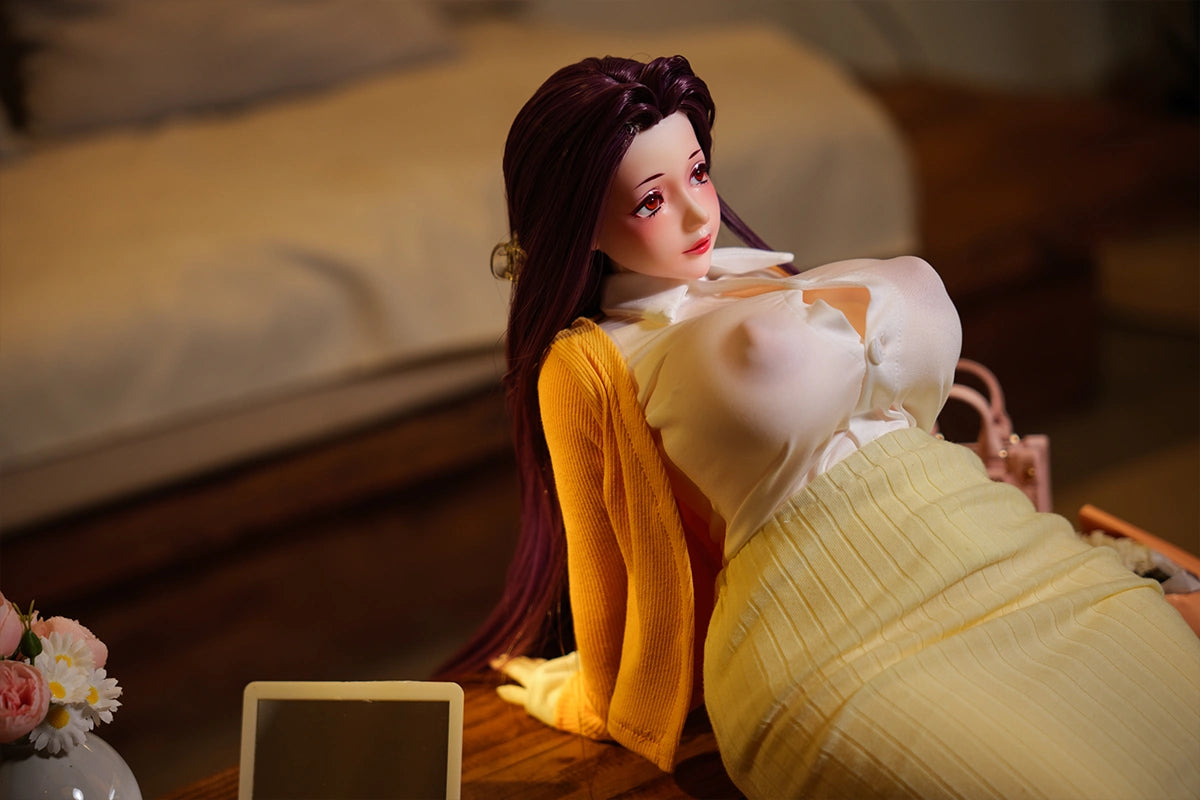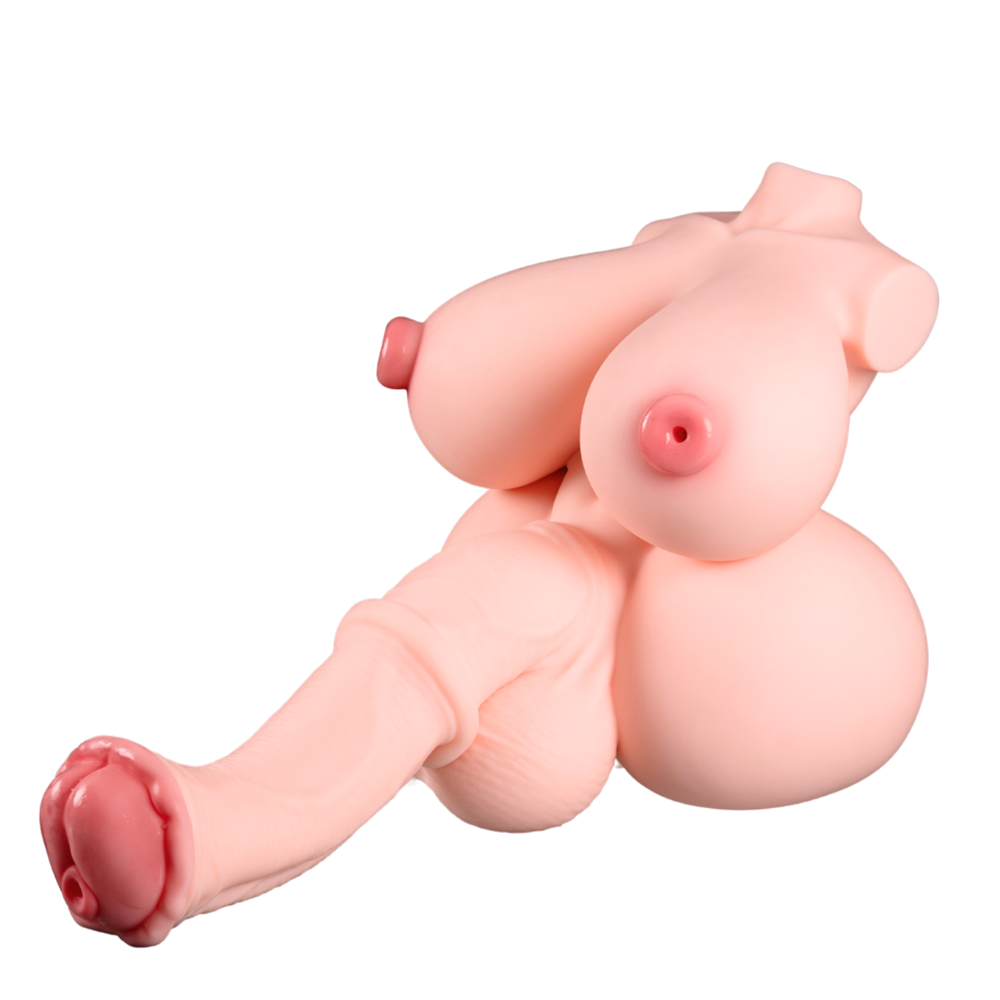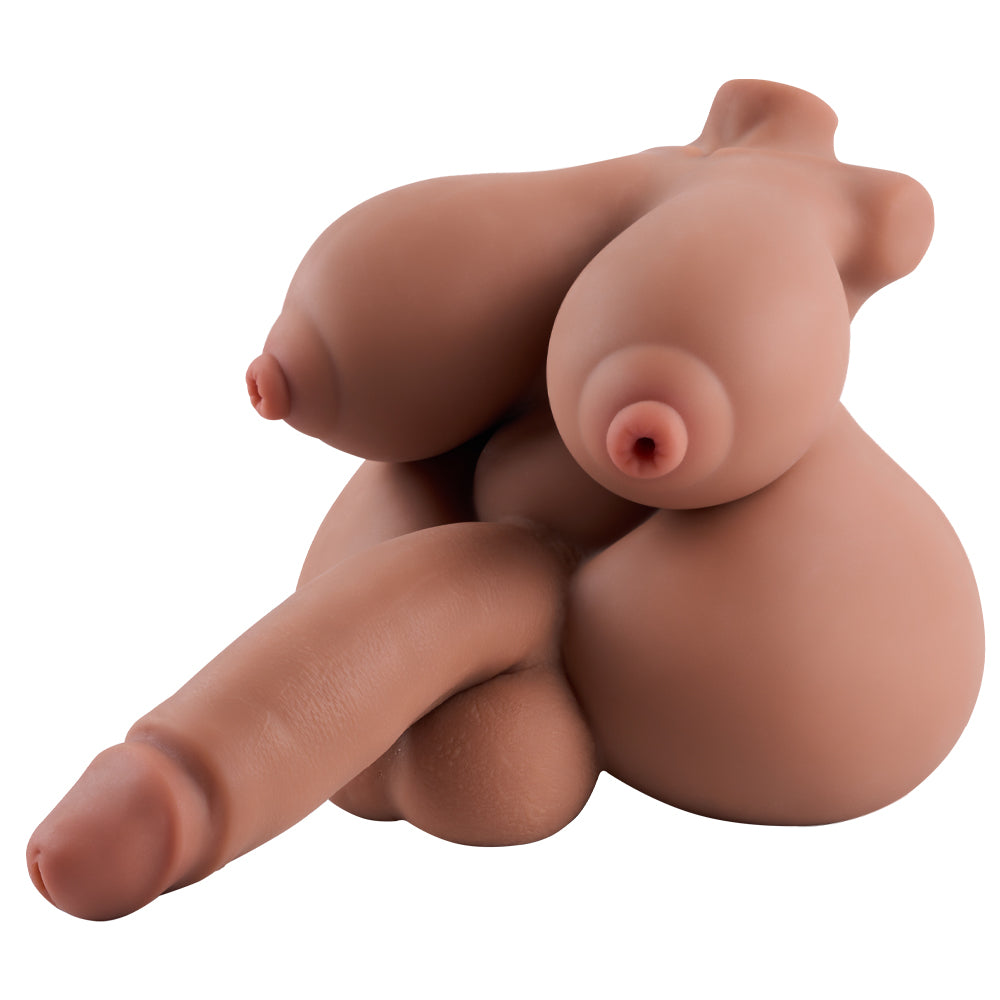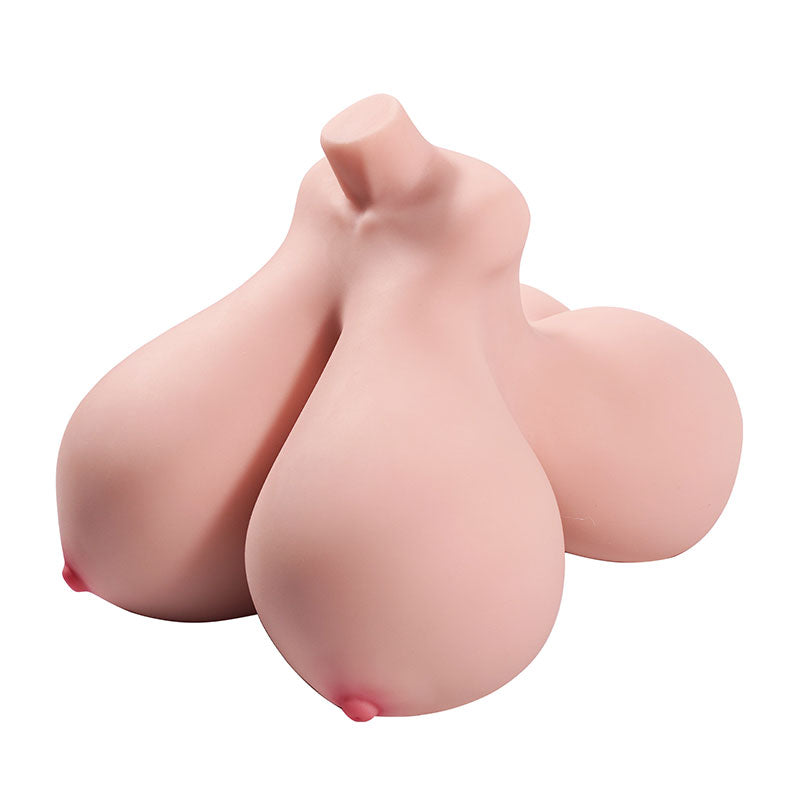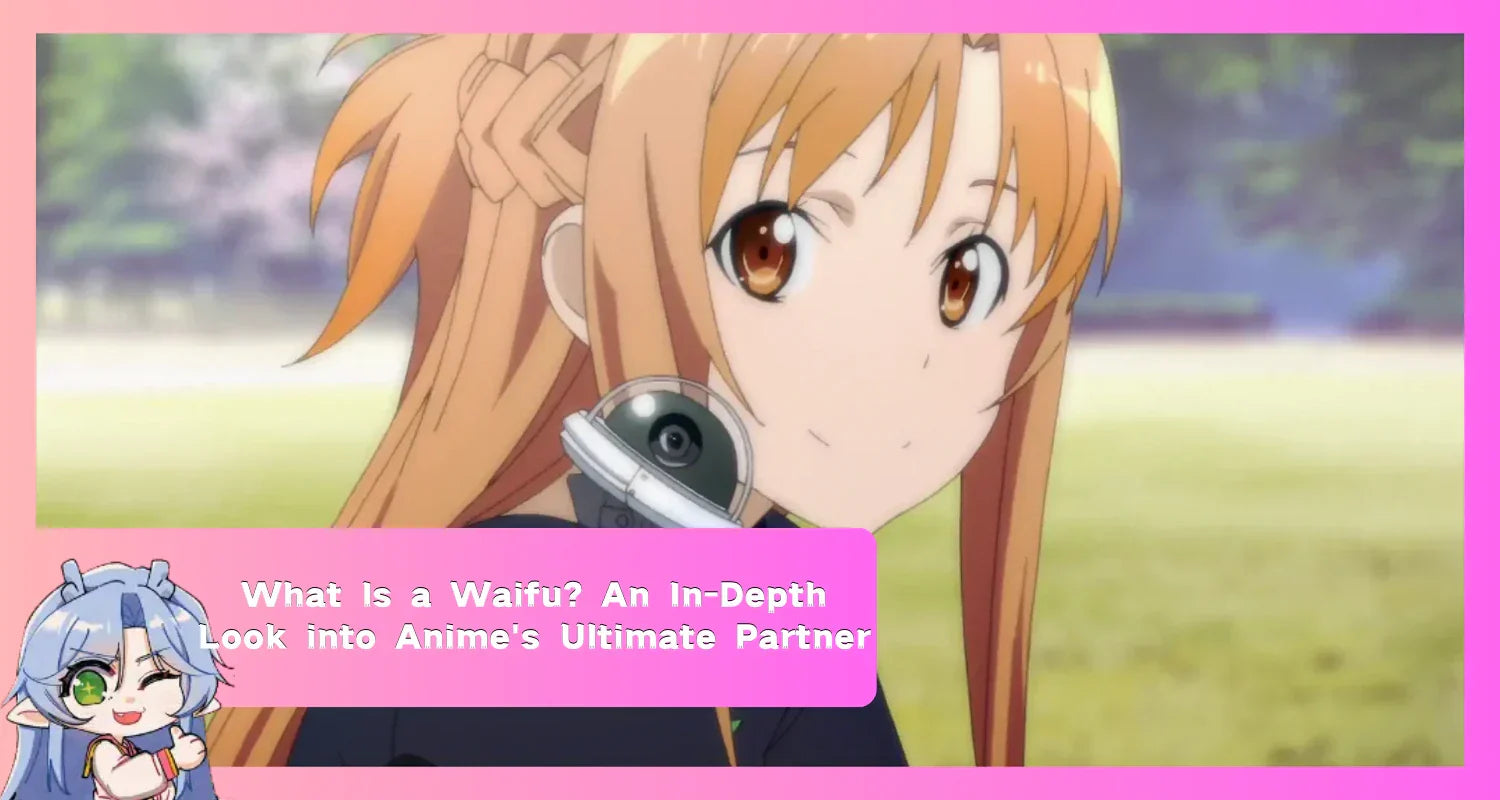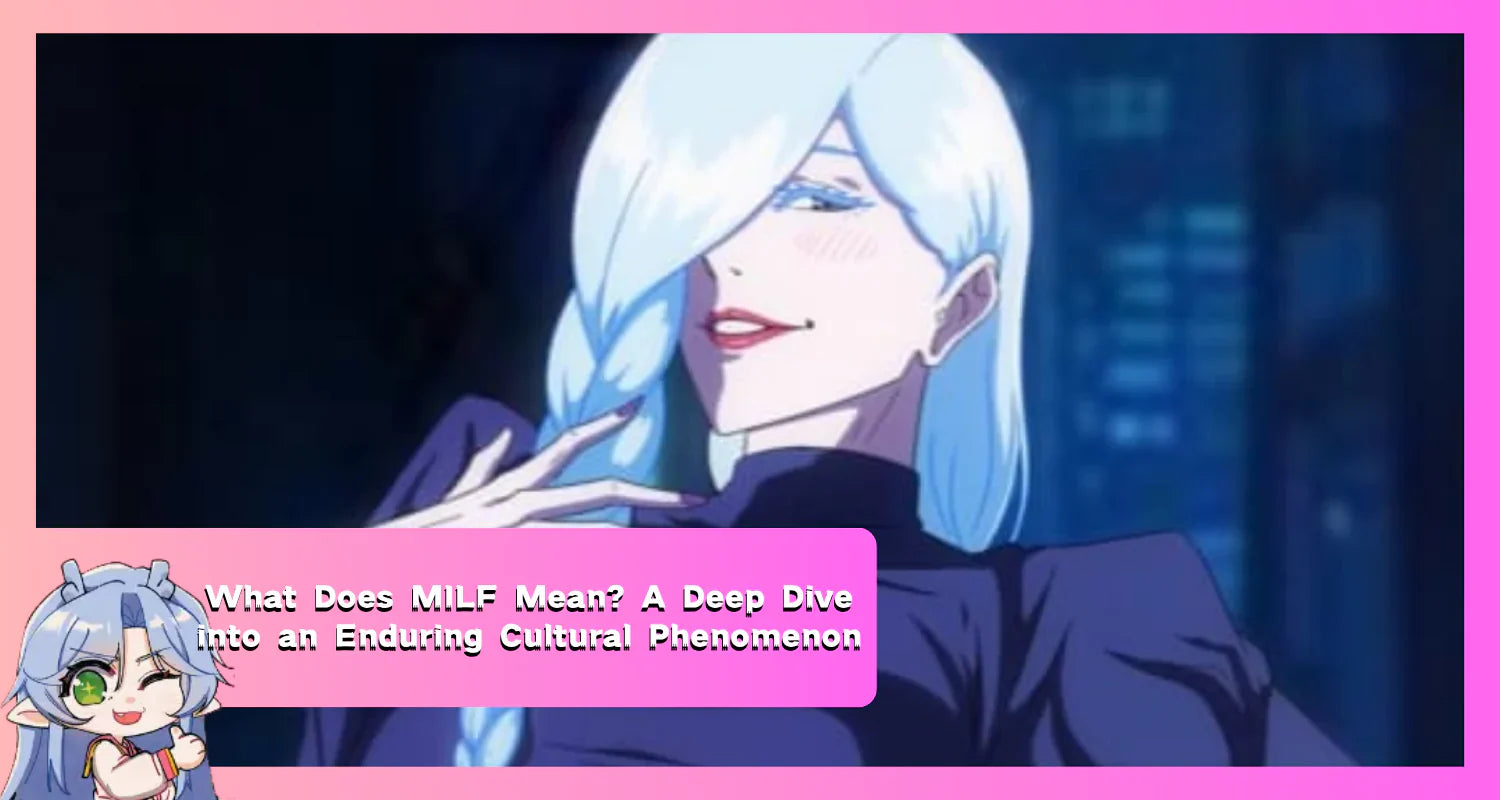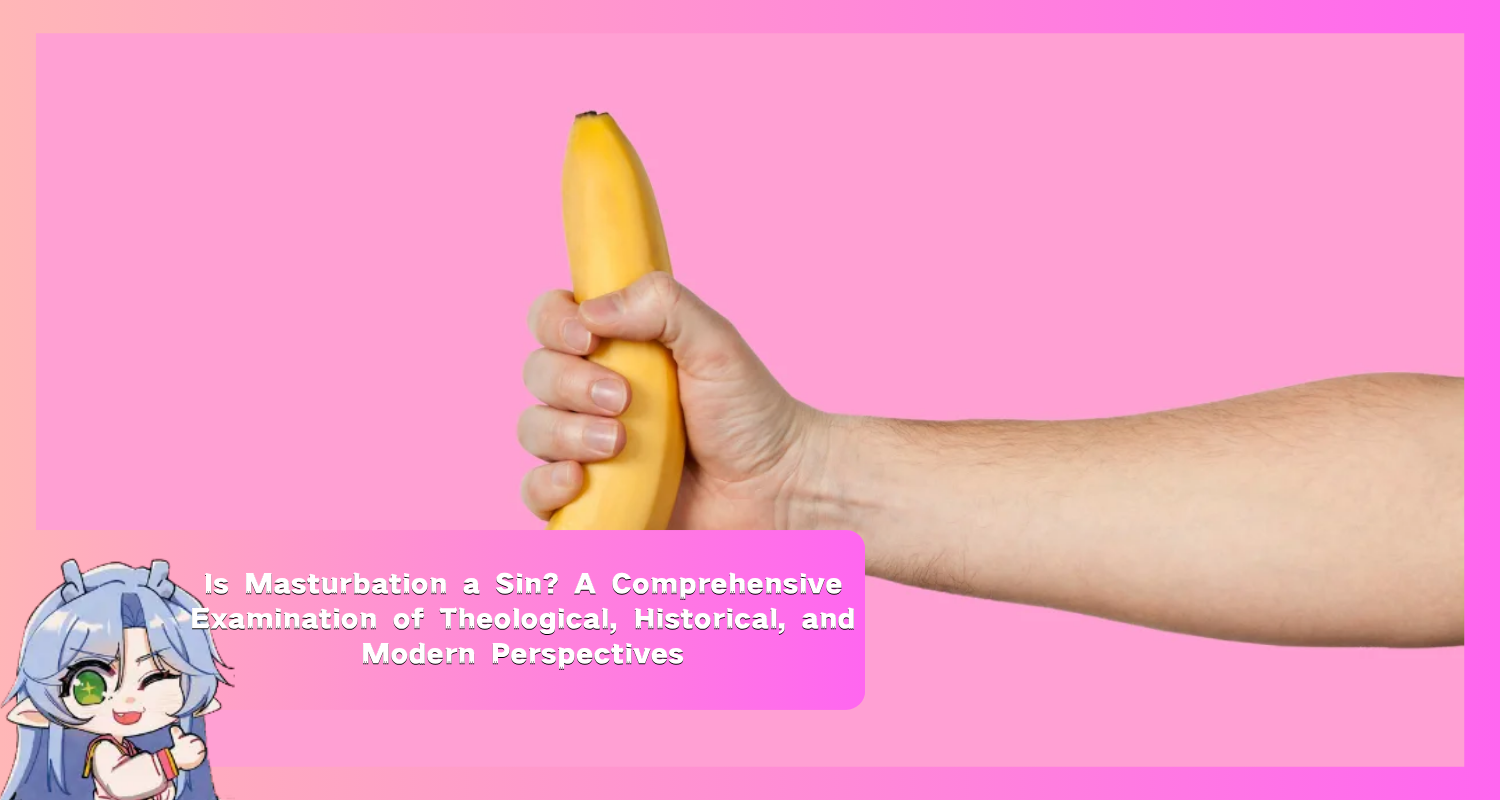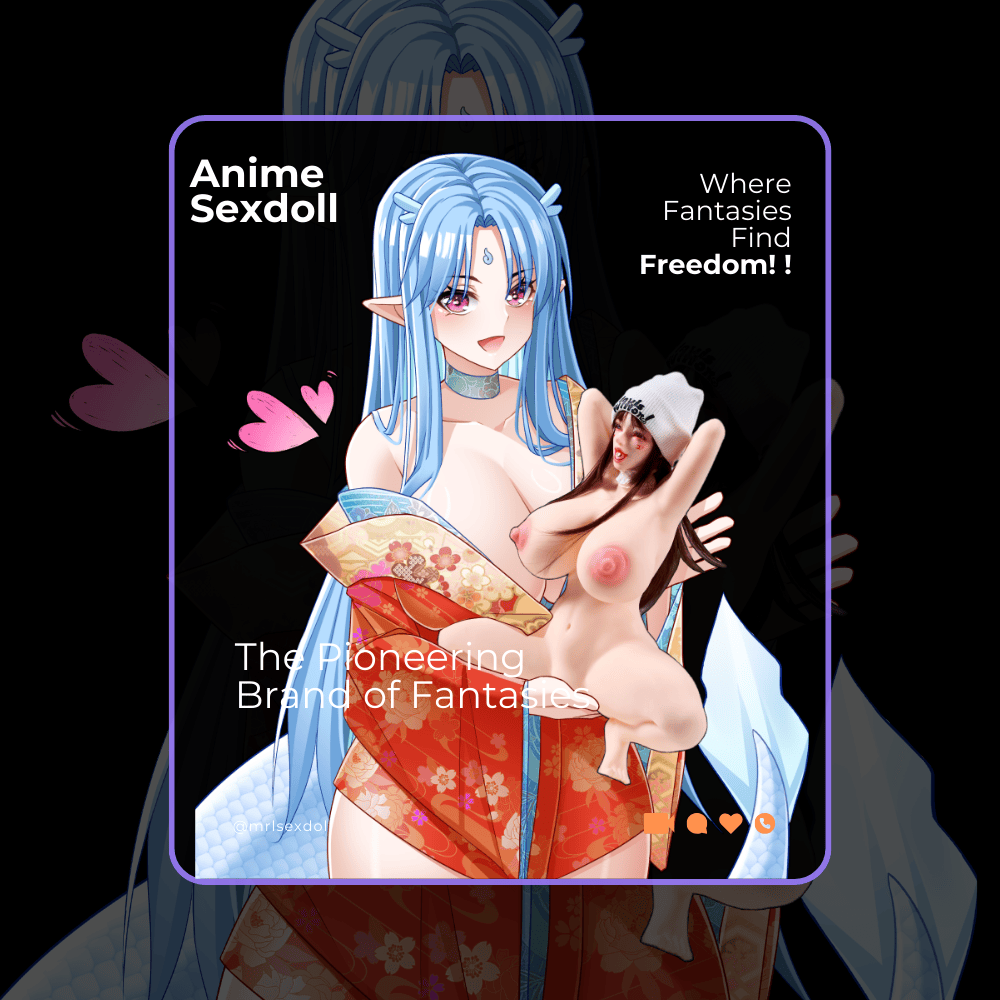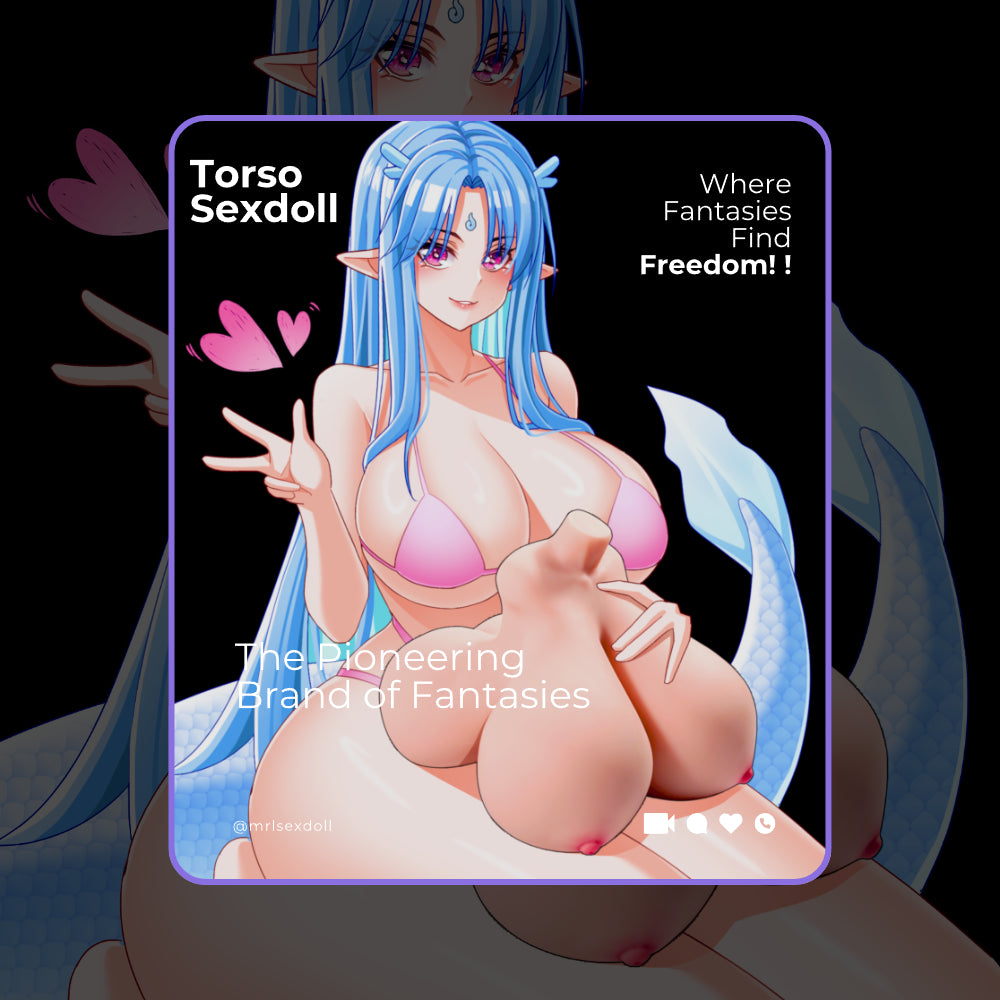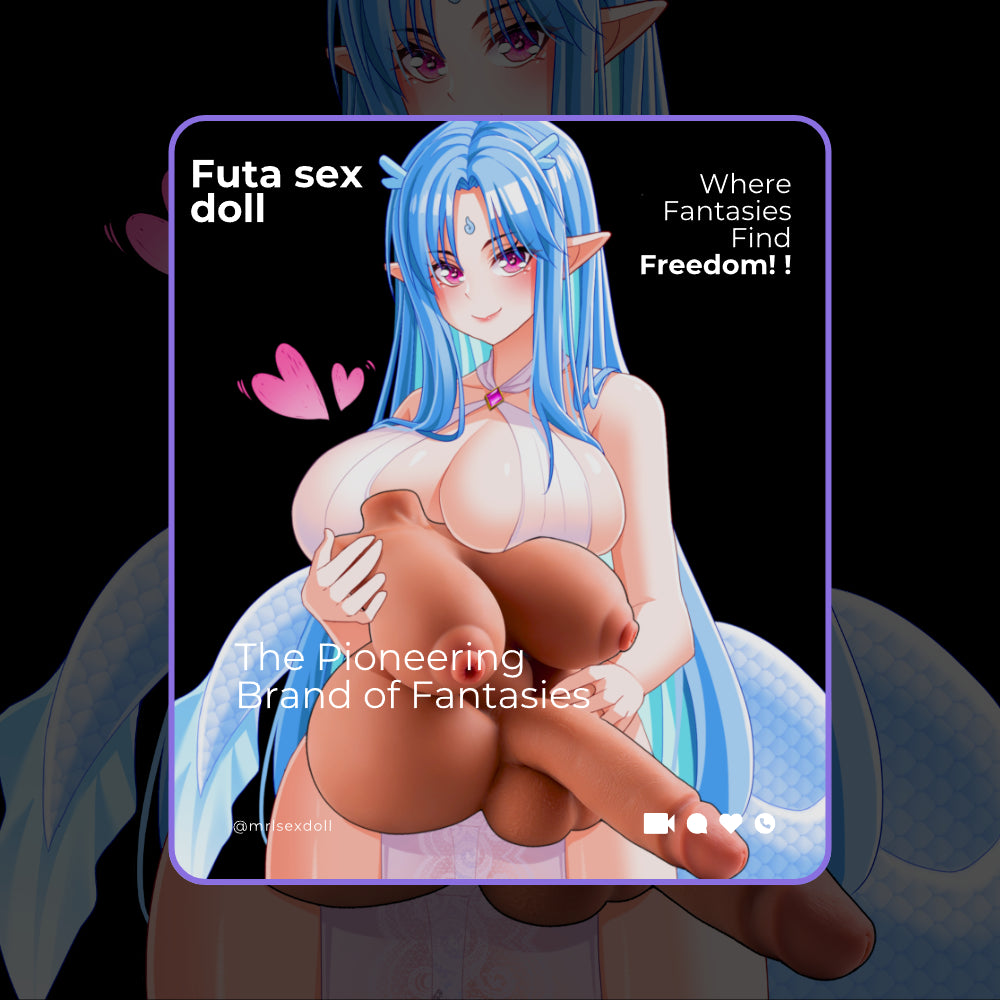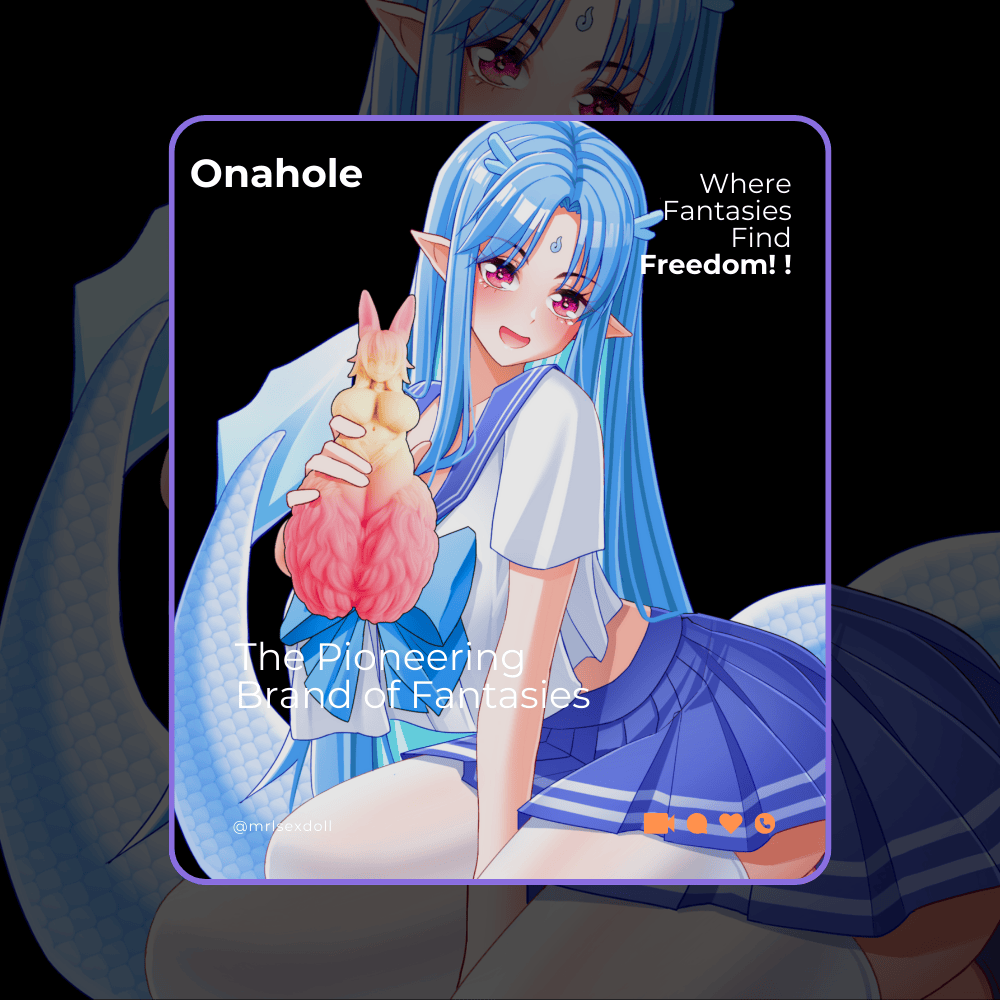What Is a Waifu? An In-Depth Look into Anime's Ultimate Partner
Table of Contents
1. Introduction: More Than Just a Meme, A Modern Form of Devotion
2. The Genesis of a Fandom: How a Single Line of Dialogue Defined a Culture
3. The Heart of the Matter: The Psychology Behind Loving a Fictional Character
4. The Anime Waifu Litmus Test: What Makes a Character "Waifu Material"?
5. Exploring Deeper Connections: From the Sexy Waifu to the Neko Niche
6. Manifesting the Ideal: Bringing a Waifu into the Real World
7. Frequently Asked Questions (FAQ)
Introduction: More Than Just a Meme, A Modern Form of Devotion
If you have spent any time in the world of online fandom, you have probably seen the term waifu. It shows up in memes, on forums, and in social media profiles, used with a mix of humor and real affection. At first glance, it just looks like internet slang—a funny way for fans to name their favorite female character. But if you dismiss it as just another online word, you miss out on a deep and interesting part of fan culture. The idea of a waifu is a huge part of modern fandom. It shows how much the way people connect with fictional stories has changed.

This term means more than just a crush. It shows a deep, emotional attachment to a fictional person, a feeling that helps shape who someone is and brings people together to form communities. The story of how the word waifu went from a niche anime joke to a worldwide cultural term is fascinating. It tells us a lot about language, psychology, and the human desire for connection in our digital age. This article will dive deep into the waifu world. We will go past the simple definitions to look at its history, the psychology behind this unique attachment, and what it all means in today's fan culture.
The Genesis of a Fandom: How a Single Line of Dialogue Defined a Culture
To really get what waifu means, you have to look at where it came from. The word's history has two parts. One is a specific moment in an anime, and the other is a bigger social change in Japan. Both parts helped create its meaning today.
The Origin Story: Pinpointing the Birth of the Waifu
The term waifu became popular in the West because of one scene in the 2002 anime Azumanga Daioh. In the 15th episode, a strange teacher named Mr. Kimura drops a photo of a woman. When his students ask who she is, he answers in English with a heavy accent, "My wife". Because of how Japanese speakers pronounce English words, "my wife" sounded like "mai waifu" to fans.

This simple joke really stuck with the growing online anime communities in the mid-2000s, especially on sites like 4chan. Fans quickly started using the phrase for their own purposes. They began saying "mai waifu" to declare their love for a specific female character, putting her above all others. The first Urban Dictionary definition for this use appeared in 2007, cementing its place in internet language. This was the moment the waifu became a real fandom idea, totally separate from what "wife" actually means.
A Deeper Linguistic Root: The Waifu in Japanese Society
What's interesting is that the word's story started way before Azumanga Daioh. The word waifu (ワイフ) is how Japanese speakers write the English word "wife," and it became common in Japan in the 1980s. It was part of a small change in society and language. Some younger or more modern-thinking Japanese people started using waifu instead of the traditional word kanai (家内). The characters for kanai literally mean "inside the house," which some people felt was an old-fashioned, sexist idea that a wife's place was only at home.
This background makes the term's use in fandom even more interesting. The original Japanese use of waifu was an effort to see the role of a wife in a new, modern way. Decades later, Western fans took the term to describe an idealized partner, one who didn't have the problems of real relationships. In both situations, the word waifu was used to imagine a better or more perfect partner, first in real life and later in fiction. This shows a common human desire to find and define the perfect partnership, whether it's real or not.
The Core Philosophy: What a Waifu Truly Represents
A waifu is not just a favorite character. The term uses the idea of a "wife" on purpose to show a special and serious level of commitment. A fan's waifu is their perfect romantic partner, a character they would want to marry and be with forever if they could. This connection is about more than just looks or thinking a character is cool. It suggests a deep emotional bond based on personality traits like kindness, loyalty, strength, and support. Even though the fan knows the character isn't real, the feelings are often very serious. It's a real bond that gives them comfort and a feeling of connection.
The Heart of the Matter: The Psychology Behind Loving a Fictional Character
The strong feelings people have for a waifu might seem strange to people outside the fandom, but it's based on how our brains work. It's not weird; it's just another way the human brain forms connections.
Understanding the Parasocial Bond with Your Anime Waifu
The relationship between a fan and their anime waifu is a perfect example of a parasocial relationship. This term was created in 1956 by sociologists Donald Horton and R. Richard Wohl. It describes the one-sided connections that people form with figures in the media, like real celebrities or fictional characters. When TVs first became common in homes, researchers saw that viewers started to feel like they were real friends with the people they saw on screen each week.

This happens because our brains are built for real, face-to-face social connections, and they don't always see the difference between a real person and a character we see over and over. These relationships are usually not harmful and are a normal part of enjoying media. The bond can bring comfort, make people feel less lonely, and even be inspiring. Waifuism is just a modern, very focused version of this long-known psychological process. It's only seen as a problem in the rare cases when it takes the place of real-life relationships and duties.
A Search for the Ideal: Escapism, Comfort, and Community
The desire to form a bond with an anime waifu comes from a few powerful human needs.
First, a waifu is a perfect and stable partner. Fictional characters don't change; their personalities and stories are set in stone. This makes the bond feel safe and predictable, without the messy fights and problems that can happen in real life. For many people, this is a way to escape and find reliable comfort.
Second, these relationships can truly help people feel less lonely. In a world where loneliness is a big problem, a waifu can feel like a constant friend who offers affection and a sense of connection. The fan knows what the character likes and can even "ask" them for advice, which creates a feeling of sharing a life together.
Finally, the culture around waifus is all about community. The bond might start as a private feeling, but the internet has made it possible for it to become a public part of someone's identity. Websites like Reddit, Discord, and social media let fans share their feelings, argue about whose waifu is the best in "waifu wars," and create fan art and stories. This turns a personal feeling into a shared experience, which makes the individual's bond stronger and helps them feel like they belong in the larger fan community.
The Anime Waifu Litmus Test: What Makes a Character "Waifu Material"?
Choosing a waifu is a very personal decision, but there are some common patterns in the fandom. Not every popular female character makes the cut. The difference often comes down to a certain set of qualities and a key debate that separates the truly loved from the simply liked.
The Anatomy of an Ideal Partner: Personality, Design, and Development
A character becomes "waifu material" through a mix of things that make her seem like a perfect partner. Personality is the most important thing. Fans often like certain types of characters, like the tsundere (who is cold at first but becomes loving), the dandere (who is quiet and shy but very caring), or the kuudere (who is cool and calm but has a soft side). Besides these types, qualities like kindness, loyalty, emotional strength, and being supportive are very important.

Character design is also a big part of it. A character who looks good, with a unique hairstyle, eye color, or a memorable outfit, gets noticed first. But what really makes a character a waifu is her development. A character with a good backstory, problems that people can relate to, and a story arc where she grows as a person feels more real. This makes the emotional connection much stronger.
The Great Debate: Waifu vs. Best Girl Explained
One of the biggest and most heated talks in anime fandom is the difference between a waifu and a "Best Girl." Understanding this is important to get the culture. Sometimes casual fans use the terms to mean the same thing, but for serious fans, they are two different things. A waifu is a character you love romantically, while a "Best Girl" is a character you admire for other reasons.
A character can be a Best Girl without being a waifu, but a fan's waifu is almost always their personal Best Girl of all time. This difference lets fans like a lot of female characters while keeping a special, single spot for the one they see as their perfect partner.
|
Feature |
Waifu |
Best Girl |
|
Scope & Exclusivity |
Goes beyond just one show. A fan usually claims only one waifu as their number-one choice across all of media. |
Is specific to one show. A fan can have a "Best Girl" for Nisekoi, another for Re:Zero, and another for Spy x Family. |
|
Core Criteria |
Has the qualities of a perfect life partner: loyalty, kindness, and romantic chemistry. The question is, "Would I marry this character?". |
The fan's favorite female character in a show for any reason: she's the most fun, strong, well-written, or has the best design. The question is, "Who is the best character?". |
|
Nature of Bond |
A deep, personal, and romantic feeling. It means a commitment, even if it's to a fictional character. |
Can be admiration or just a preference. You can say a character is "Best Girl" without wanting to marry her (for example, if she's a child or a villain). |
|
Fandom Rule |
"One Waifu will bless your Laifu." (A common fan saying that stresses having only one). |
"Every show has a Best Girl." (Recognizing there can be many). |
Exploring Deeper Connections: From the Sexy Waifu to the Neko Niche
The idea of a perfect partner naturally leads to more mature and specific areas. For many fans, the connection with their waifu includes all parts of a romantic relationship, including intimacy and certain looks.
Intimacy and Idealization: The Waifu Hentai and Sexy Waifu Dimension
To get the full picture, we have to talk about the adult side of the fandom. The existence of waifu hentai (adult fan comics and art) isn't a weird side thing; it's a natural part of the main fantasy. If a waifu is a perfect life partner, then for some fans, exploring a perfect intimate life with that partner is a normal part of that fantasy. This type of art lets fans explore the physical side of the relationship, which completes the picture of a perfect, all-around bond.

In the same way, the term sexy waifu is used for characters who are mainly liked for their sensual and attractive looks. While many waifus are chosen for their personality, a sexy waifu often has both those good inner qualities and a very appealing look. This type of character fulfills the desire for a partner who is not only kind and supportive but also meets a certain standard of physical beauty and intimacy.
The Neko Niche: Unpacking the Enduring Appeal of the Anthropomorphic Catgirl
In the huge world of anime waifu types, the catgirl, or nekomimi, is one of the most famous and lasting. These characters, who have human features mixed with cat ears and a tail, are a powerful mix of appealing traits. They are popular because they combine human qualities that people can relate to with perfect cat-like traits: they are playful, independent, a little mischievous, and very cute.

Catgirls often have two sides. They can be very independent but also very loving, and graceful but also cute and clumsy. This mix of strength and vulnerability makes them interesting and complex characters. This long-lasting appeal of mixing human and animal traits in a perfect partner has made the catgirl a top choice in the search for the perfect waifu. This has also set the stage for how fans try to bring this fantasy into the real world.
Manifesting the Ideal: Bringing a Waifu into the Real World
The emotional bond with a waifu often makes fans want a physical presence. They try to connect the fictional world with their own to make their perfect partner a real part of their daily life. This feeling has led to a long history of fan products and is now moving into a new, more advanced stage.
The Tangible Connection: From Posters to Body Pillows
For a long time, fans have bought merchandise to feel closer to their favorite characters. This can be simple things like keychains and posters or more detailed items like figures. Maybe the most famous and personal type of waifu merchandise is the dakimakura, or body pillow, which has a life-sized picture of the character on it. These items act as physical representations, letting the fan make a real space for their waifu in their home. This makes the bond stronger and the relationship feel more real.
The Next Frontier in Fandom: Crafting a Lifelike Companion
The biggest fantasy for many fans is to see their waifu actually come to life. As technology and art get better, this dream is moving from just an idea to something that is more possible. Fan merchandise is now evolving into lifelike companions that are more than just figures or pillows. These creations are carefully made to capture not just the look but also the feeling of a beloved character.
Today's creators are making companions that have a "playful spirit and a deeply devoted heart," designed to be the "loyal, affectionate companion" that fans have always wanted. This is done with amazing new technology. Features like "seamless integrated heads" create a perfect, realistic look from the face down to the neck. "Newly designed hand joints" allow for better posing, so the companion can be put in "signature cute and intimate poses" with great stability. The creators even focus on the sense of touch, with a "unique tactile experience" being a major goal. This focus on realism has led to incredibly detailed creations, like anthropomorphic neko companions that truly feel like a waifu brought to life. These advanced items are the next big thing in fandom, offering the most immersive way yet to make the ideal partner real.
Frequently Asked Questions (FAQ)
Q1: Can you have more than one waifu? Answer: Serious fans in the culture often say you can only have one true waifu. However, many people use the term more casually today. It's really up to you, but the idea of a single, ultimate partner is key to the original meaning.
Q2: Is having a waifu considered unhealthy? Answer: Psychologists say that these kinds of one-sided relationships are a normal and usually harmless part of enjoying media. It only becomes a problem if it starts to hurt your real-life duties and relationships. For most people, it's a good source of comfort and community.
Q3: What is the male equivalent of a waifu? Answer: The male version is a "husbando." The term was made to match waifu and is used by fans to talk about their ideal male fictional partner.
Q4: How do I choose my own waifu? Answer: Choosing a waifu is a very personal thing. It's the character you connect with the most on an emotional level—the one whose personality, story, and values you relate to and see as a perfect partner.
Q5: Why is the term waifu used instead of the English word "wife"? Answer: The term waifu comes from how "wife" is pronounced in Japanese. It got popular in the anime community because of a scene in the anime Azumanga Daioh. Now, it's a specific cultural word for a beloved fictional partner, which is different from a real-life wife.
References
Collins Dictionary. (n.d.). Waifu. In Collins English Dictionary. Retrieved July 24, 2025, from https://www.collinsdictionary.com/us/dictionary/english/waifu
Dictionary.com. (n.d.). Waifu. Retrieved July 24, 2025, from https://www.dictionary.com/e/fictional-characters/waifu/
GameFAQs. (2022). Why are catgirls so perfectly cute and popular? [Online forum post]. https://gamefaqs.gamespot.com/boards/2000121-anime-and-manga-other-titles/79903145
Linus Tech Tips. (2019, August 2). Anime folks - why are cat girls so popular? [Online forum post]. https://linustechtips.com/topic/1089667-anime-folks-why-are-cat-girls-so-popular/
Parasocial relationships. (n.d.). Psychology Today. Retrieved July 24, 2025, from https://www.psychologytoday.com/us/basics/parasocial-relationships
What exactly does "best girl" mean, and where did the expression originate from? (n.d.). Anime & Manga Stack Exchange. Retrieved July 24, 2025, from https://anime.stackexchange.com/questions/19716/what-exactly-does-best-girl-mean-and-where-did-the-expression-originate-from
Where does the term "waifu" come from? (n.d.). Anime & Manga Stack Exchange. Retrieved July 24, 2025, from https://anime.stackexchange.com/questions/4754/where-does-the-term-waifu-come-from
Why is the term "waifu" so popular in anime? (n.d.). CBR. Retrieved July 24, 2025, from https://www.cbr.com/anime-waifu-popularity-explained/
wikiHow. (n.d.). Waifu meaning: The otaku's guide to fictional love. Retrieved July 24, 2025, from https://www.wikihow.com/Waifu-Meaning
Wiktionary. (n.d.). Waifu. Retrieved July 24, 2025, from https://en.wiktionary.org/wiki/waifu
WordHippo. (n.d.). What does 家内 (Kanai) mean in Japanese? Retrieved July 24, 2025, from https://www.wordhippo.com/what-is/the-meaning-of/japanese-word-f7c743bbd4c0a499e23b22e29888c62103cba9da.html

